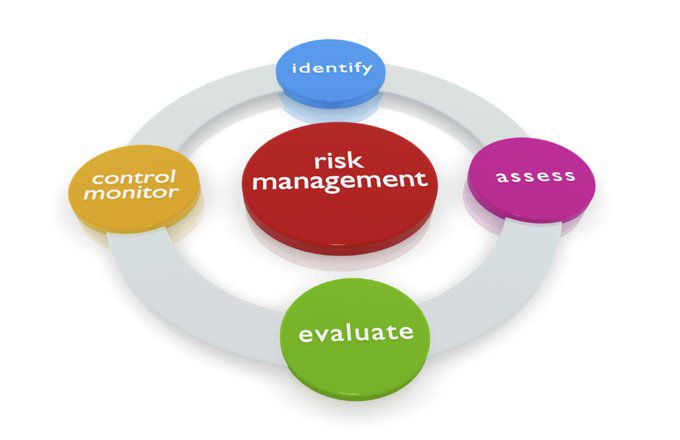Transparent and reliable investment funds
In the intricate tapestry of investment options, where uncertainty often lurks, the quest for transparent and reliable investment avenues stands as a beacon of financial prudence. These investment funds, characterized by their unwavering commitment to clarity and trustworthiness, offer investors a steadfast path towards their financial goals. In this discourse, we delve into the essence of transparent and reliable investment funds, exploring their significance in the contemporary investment landscape and why they serve as pillars of stability for discerning investors. Transparency, the cornerstone of investor confidence, lies at the heart of these investment vehicles. Investors demand visibility into the inner workings of their chosen funds, seeking clarity regarding their investment strategies, holdings, and associated costs. Transparent investment funds embrace this need for clarity, providing comprehensive disclosure of their investment decisions, portfolio composition, and fee structures. By illuminating these crucial aspects, these funds empower investors to make well-informed decisions aligned with their financial objectives. Moreover, transparent investment funds prioritize clear communication and accessibility, ensuring that investors have easy access to pertinent information. Whether through detailed prospectuses, regular performance updates, or interactive online portals, these funds strive to foster a culture of openness and accountability. This transparent communication fosters trust between investors and fund managers, laying the foundation for a mutually beneficial relationship built on transparency and integrity. Reliability complements transparency as a hallmark of reputable investment funds. In an environment fraught with market volatility and unpredictability, investors crave stability and consistency in their investment choices. Reliable investment funds embody these qualities, adhering to disciplined investment processes and risk management practices. They prioritize long-term value creation over short-term gains, steering clear of speculative ventures and excessive risk-taking. This steadfast approach instills confidence among investors, assuring them that their investments are managed prudently with a focus on sustainable growth. Furthermore, reliable investment funds boast robust governance structures and experienced management teams. They operate with utmost integrity, upholding fiduciary responsibilities and complying with regulatory standards. Rigorous oversight and adherence to industry best practices further reinforce their reliability, offering investors assurance regarding the fund’s financial health and operational integrity. This commitment to governance and accountability underscores the fund’s reliability, instilling trust and confidence among investors. Frequently Asked Questions about Transparent and Reliable Investment Funds 1. What are transparent and reliable investment funds? Transparent and reliable investment funds are financial vehicles that prioritize clarity, openness, and stability in their operations. These funds provide comprehensive disclosure of their investment strategies, holdings, fees, and performance metrics, instilling confidence and trust among investors. 2. Why are transparency and reliability important in investment funds? Transparency and reliability are crucial because they help investors make informed decisions and mitigate risks. Transparent funds offer clear insights into their inner workings, enabling investors to understand how their money is being managed. Reliability ensures consistent performance and adherence to prudent investment practices, fostering trust and confidence among investors. 3. How do transparent investment funds achieve transparency? Transparent investment funds achieve transparency by providing detailed information about their investment strategies, portfolio composition, and fee structures. They communicate openly with investors through prospectuses, regular performance updates, and online portals, ensuring easy access to pertinent information. In an era marked by heightened awareness of environmental, social, and governance (ESG) considerations, transparent and reliable investment funds are increasingly gaining traction. Ethical investors are placing greater emphasis on sustainability and social responsibility, scrutinizing not only financial returns but also the broader impact of their investments. Transparent funds that disclose their ESG practices and adhere to responsible investing principles resonate deeply with this growing investor segment, reflecting a broader shift towards conscientious capitalism. In conclusion, transparent and reliable investment funds stand as pillars of stability and trust in an ever-evolving investment landscape. By prioritizing transparency, consistency, and integrity, these funds offer investors a dependable pathway towards financial prosperity. As investors continue to prioritize trust and accountability, the appeal of these investment vehicles is poised to soar, heralding a new era of responsible and sustainable investing. In the journey towards wealth accumulation and financial security, transparent and reliable investment funds emerge as steadfast allies, guiding investors towards their goals with confidence and conviction. please visit our website for more information :https://themidatlanticfund.com/high-return-investments-for-individual-investors/
Transparent and reliable investment funds Read More »










